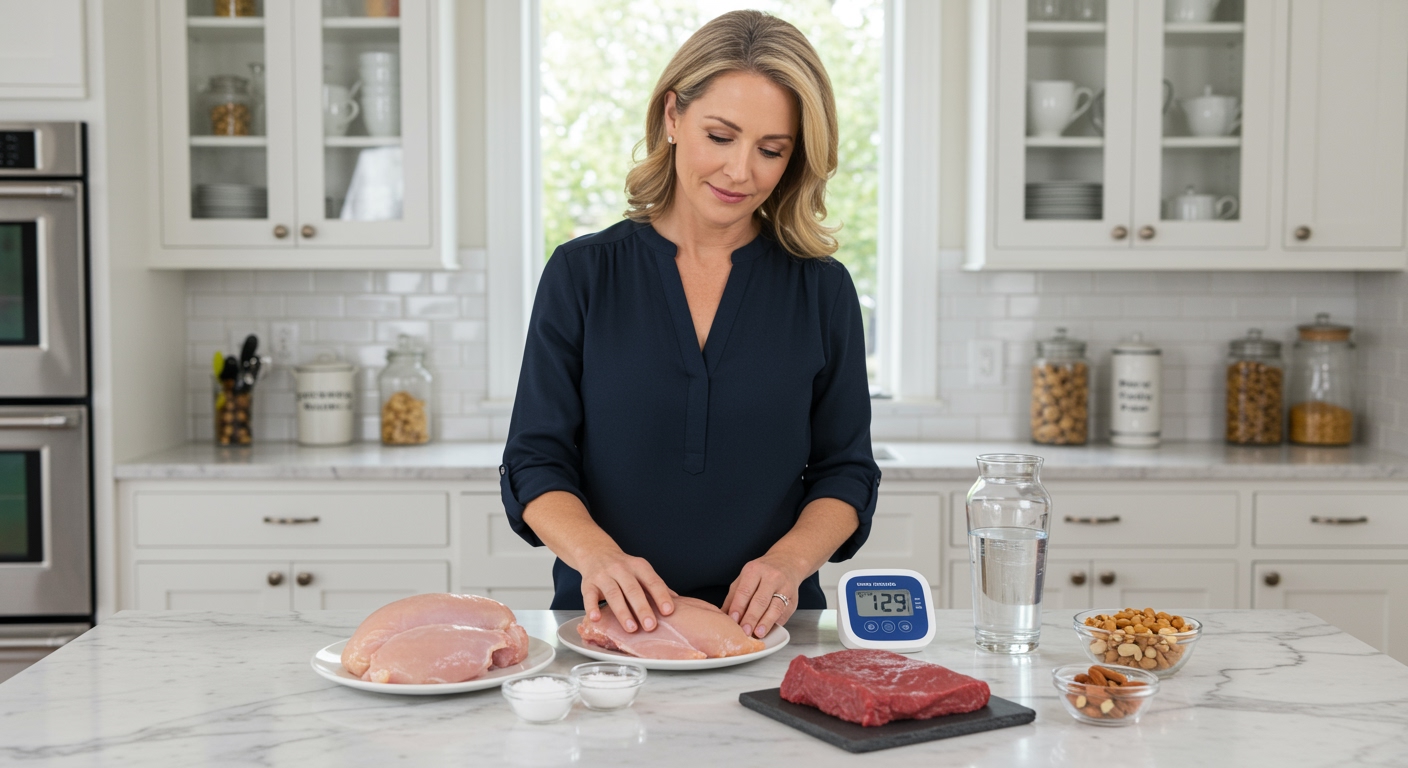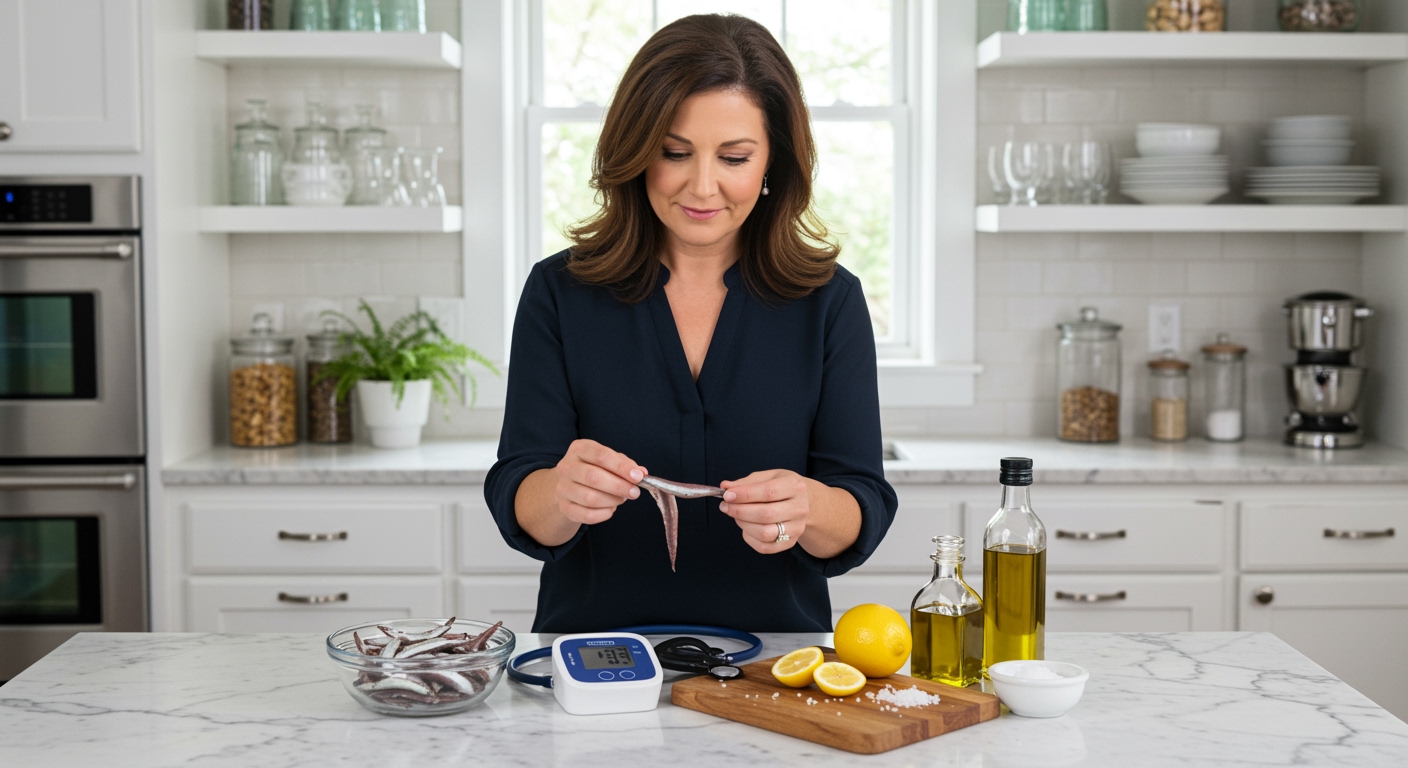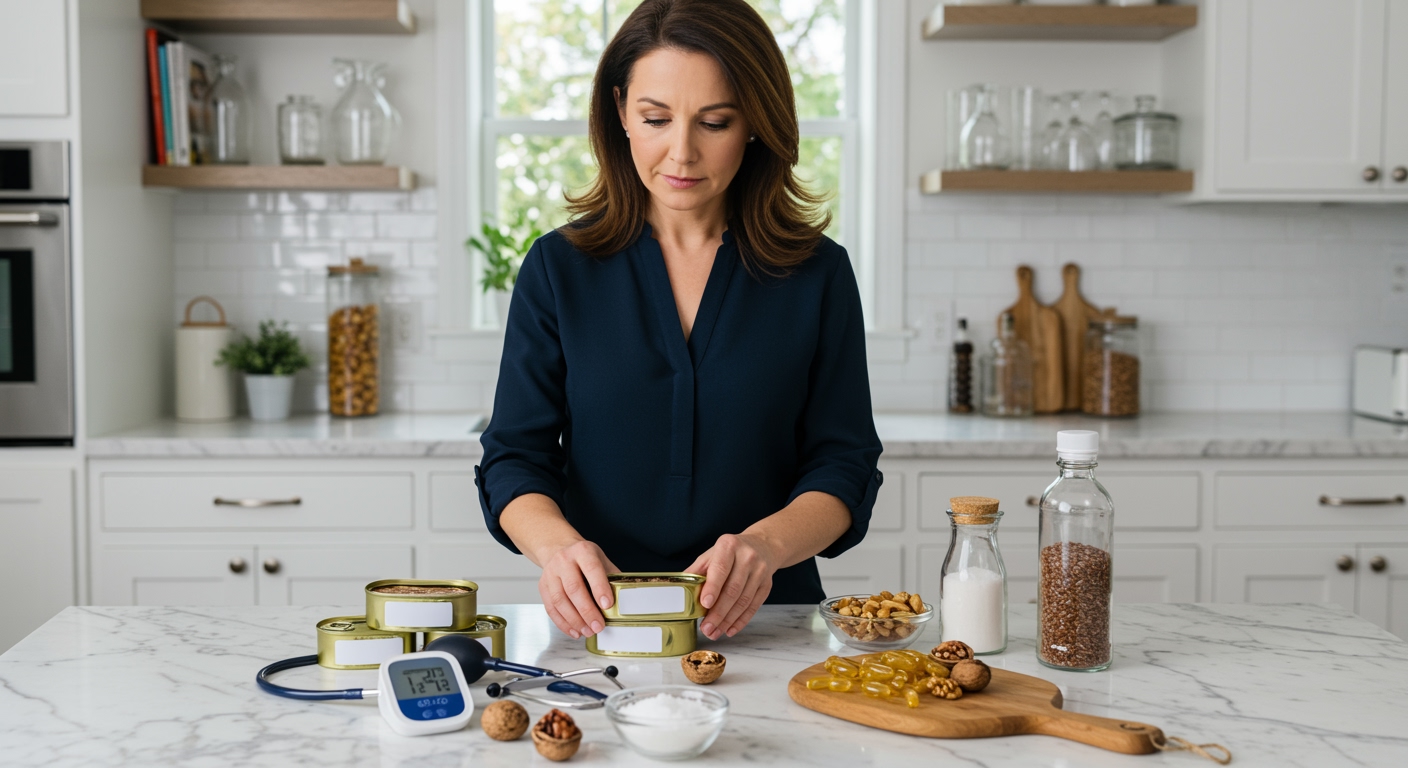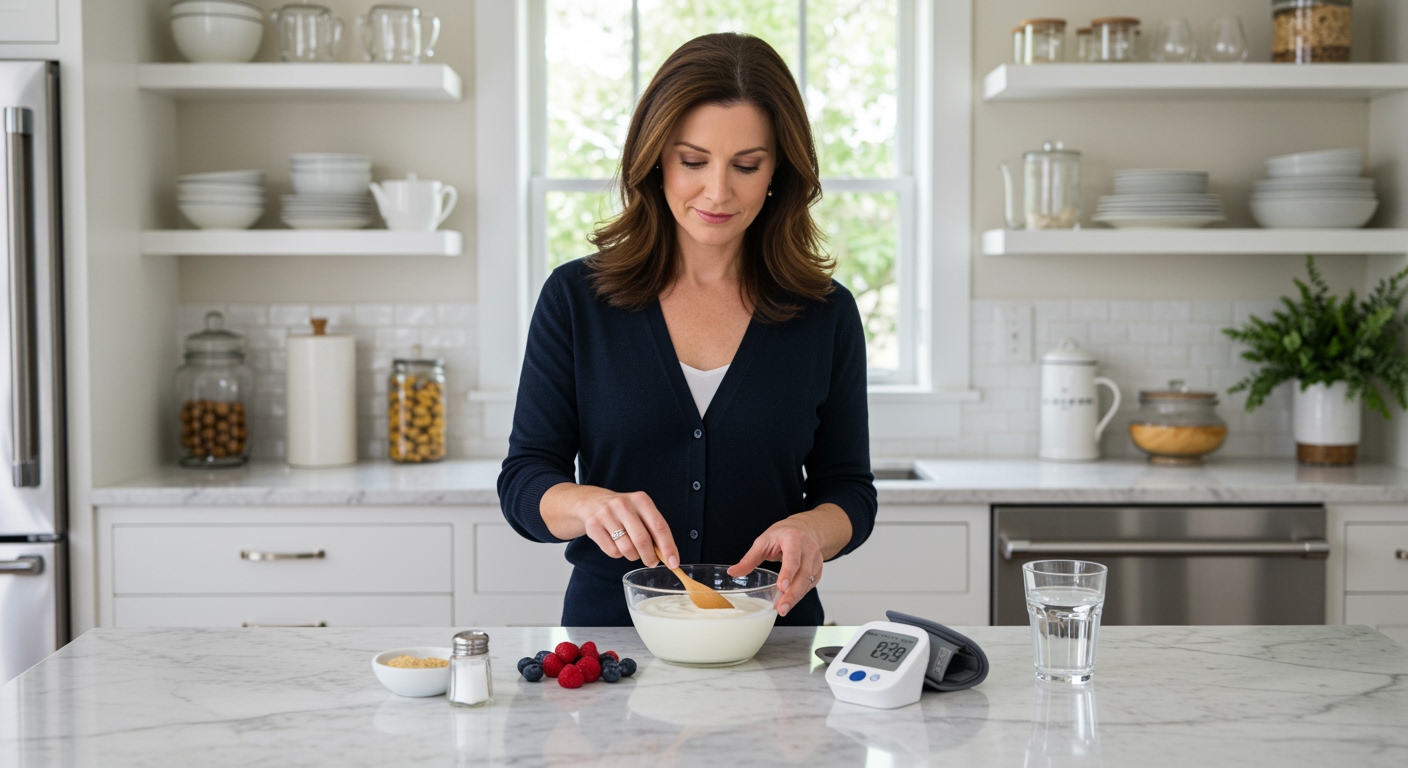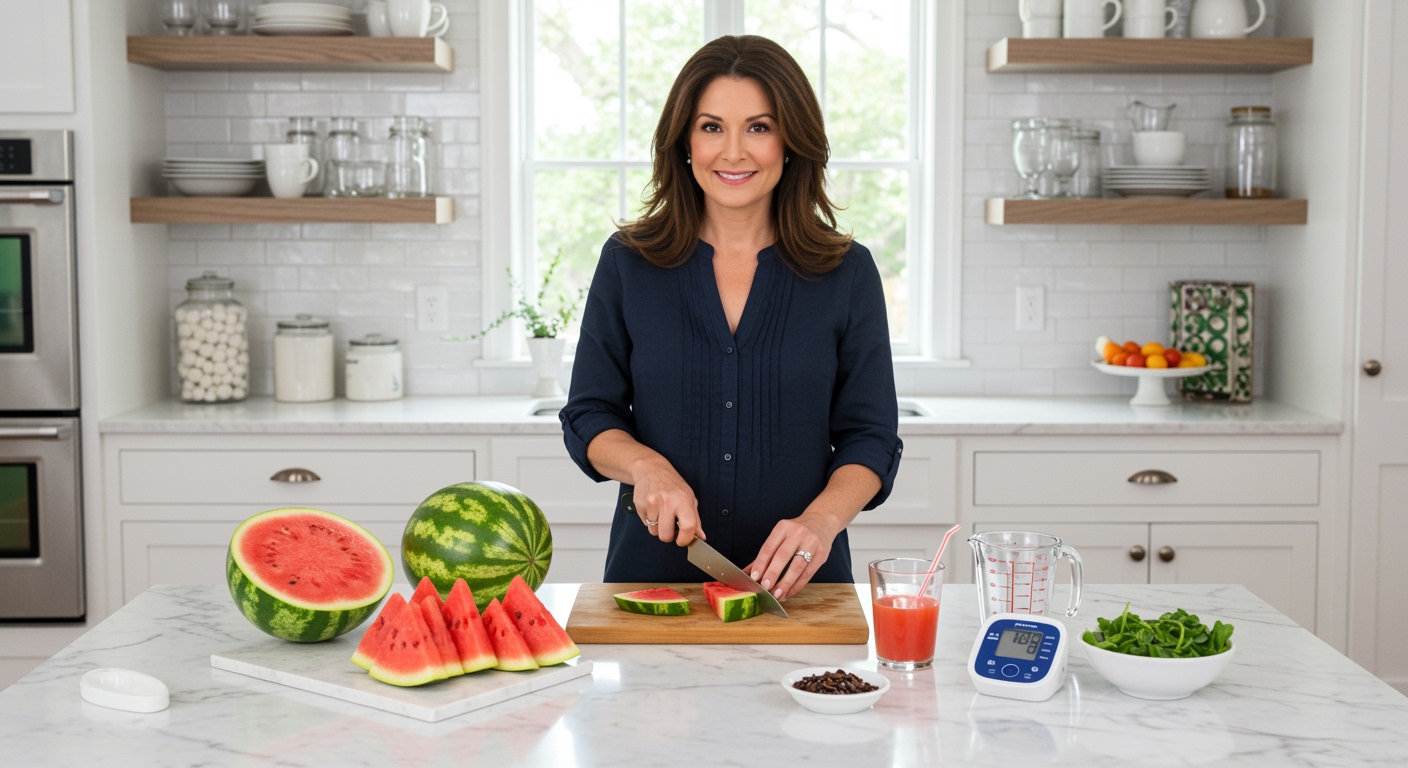✪ Key Takeaway: Chicken alone does not raise blood pressure, but combining it with sodium and proper hydration can help hypotension patients.
Introduction
Your doctor just told you that your blood pressure is too low, and now you are wondering what foods might help.
Many people with hypotension receive conflicting advice about protein intake, especially regarding chicken consumption.
Hi, I am Abdur, your nutrition coach, and today I am going to explain whether eating more chicken actually helps with low blood pressure management.
Does Chicken Actually Raise Blood Pressure?
The short answer is that chicken by itself does not significantly raise blood pressure levels.
Chicken contains high-quality protein that supports overall health, but it lacks the specific nutrients that directly influence blood pressure regulation.
Your blood pressure depends on blood volume, heart rate, and blood vessel constriction rather than protein intake alone.
However, chicken can be part of a strategic approach to managing hypotension when combined with other dietary modifications.
The key lies in how you prepare and season your chicken, not just eating more of it.
✪ Fact: Plain chicken breast contains only 74mg of sodium per 100g, which is considered very low.
What Makes Chicken Helpful for Hypotension?
The real benefit of chicken for hypotension patients comes from its protein content and how you prepare it.
Adequate protein intake helps maintain blood volume by supporting the production of albumin, a protein that keeps fluid in your bloodstream.
When you cook chicken with added salt or sodium-rich seasonings, you create a meal that can help retain fluid and support blood pressure.
Chicken also provides B vitamins, particularly B12 and niacin, which support cardiovascular function and energy metabolism.
The iron content in chicken, especially dark meat, helps prevent anemia, which can worsen hypotension symptoms.
Most importantly, chicken is easily digestible and does not cause the postprandial hypotension that some heavy meals can trigger.
✪ Pro Tip: Season your chicken with herbs and a moderate amount of salt to maximize blood pressure benefits.
How Should Hypotension Patients Eat Chicken?
The preparation method matters more than the quantity when using chicken to help manage low blood pressure.
Season your chicken with salt, herbs, and spices to increase its sodium content without relying on processed foods.
Pair chicken with complex carbohydrates like brown rice or quinoa to maintain steady blood sugar and prevent further blood pressure drops.
Include vegetables that contain natural sodium, such as celery or spinach, to create a balanced meal that supports blood pressure regulation.
Drink adequate water with your chicken meals to help your body utilize the protein and maintain proper blood volume.
Avoid eating large portions at once, as this can cause postprandial hypotension where blood pressure drops after eating.
✪ Note: Eat smaller, frequent meals with chicken to prevent post-meal blood pressure drops.
Are There Better Protein Options Than Chicken?
While chicken is beneficial, other protein sources might be more effective for hypotension management.
Fish like salmon and tuna contain omega-3 fatty acids that support cardiovascular health and may help with blood pressure regulation.
Lean red meat provides more iron than chicken, which is crucial for preventing anemia-related hypotension symptoms.
Eggs offer complete protein plus choline, which supports neurotransmitter function involved in blood pressure control.
Legumes and beans provide protein along with potassium and magnesium, minerals that help maintain electrolyte balance.
The best approach is rotating between different protein sources rather than relying solely on chicken for your nutritional needs.
✪ Fact: Salmon contains 2.3g of omega-3s per 100g, which supports overall cardiovascular health.
What Else Should You Focus On Besides Chicken?
Managing hypotension requires a comprehensive approach that goes beyond just increasing chicken consumption.
Increase your overall fluid intake to help maintain blood volume, which is often more important than any single food choice.
Include moderate amounts of sodium in your diet through natural sources like sea salt, celery, and olives.
Eat regular meals to prevent blood sugar fluctuations that can worsen hypotension symptoms like dizziness and fatigue.
Consider foods rich in vitamin B12 and folate, as deficiencies in these nutrients can contribute to low blood pressure.
Focus on gradual dietary changes rather than dramatic increases in any single food, including chicken.
✪ Pro Tip: Drink 8-10 glasses of water daily to support healthy blood volume and pressure.
The Bottom Line
Chicken can be part of a helpful strategy for managing hypotension, but it is not a magic solution by itself.
Smart nutrition focuses on the whole picture, not just one food, and hypotension management requires attention to hydration, sodium intake, and meal timing alongside protein choices.
I would love to hear about your experience with dietary changes for low blood pressure management, so please share your questions or thoughts in the comments below.
References
At NutritionCrown, we use quality and credible sources to ensure our content is accurate and trustworthy. Below are the sources referenced in creating this article:
- Manhattan Cardiology: What to Eat to Help Raise Low Blood Pressure
- K Health: What to Eat for Low Blood Pressure
- MedicineNet: What Foods Are Good If You Have Low BP
- Healthline: Low Blood Pressure Diet
